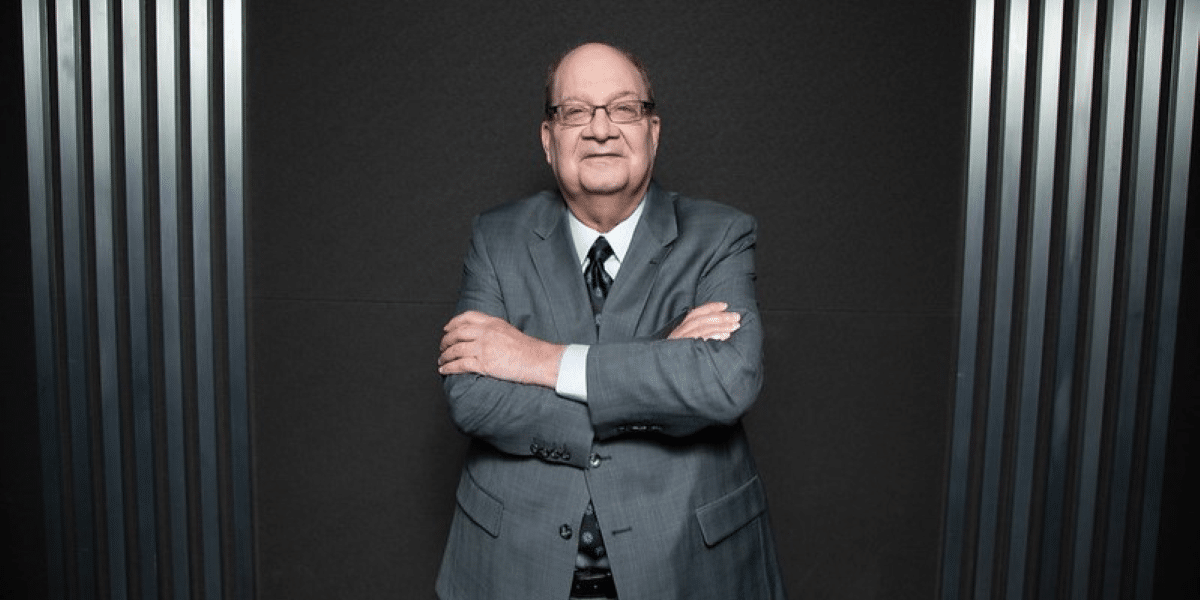Are you ready to unlock the secret to optimal performance?
There is something fundamental to peak performance that is often overlooked by most people.
The vagus nerve. Also known as the “wandering nerve,” is the longest cranial nerve in the body and plays a crucial role in regulating the parasympathetic nervous system. This system is responsible for the “rest and digest” response, as opposed to the sympathetic nervous system’s “fight or flight” response.
If you ask Clay Moffat what the most underrated aspect of peak performance and entering the zone is, he’ll tell you it’s the Vagus Nerve. When it comes to peak performance, the balance between these two systems is crucial, Clay says. Enter the vagal tone, or the level of activity in the vagus nerve. A high vagal tone is associated with better stress resilience, improved immune function, and even lower inflammation.
Low vagal tone on the other hand will have your body reacting prematurely to threats that are most likely not real threats. This will trigger you into response, drain your body physically of energy, and leave you feeling exhausted, run down, and in chronic cases, leave you in depressive states feeling like you exist in another plane (not a good one).
So how do we increase our vagal tone? One way is through the practice of vagal maneuvers, such as deep breathing, singing, and even cold exposure. Another is through techniques such as meditation and yoga, which have been shown to activate the vagus nerve and improve vagal tone.
Yoga nidra, hypnosis, and meditation as my friend (not yet) and mentor (through you tube) Dr Andrew Huberman states are Non-sleep Deep Rest, or NDSR for short. They allow the body to get into a state of parasympathetic dominance, which is not necessarily balanced, and it is putting your body into a state which allows recovery from the aroused state that many of us find ourselves in. Chronic stress leads to burnout, burnout is a classic sign of a stretched sympathetic nervous system.
But the vagus nerve isn’t just about the “rest and digest” response. It also plays a role in the dorsal vagal response, which is associated with the “freeze” response to stress. This is why practices such as yoga and meditation, which activate the vagus nerve, can also be effective in helping individuals who get stuck in the “freeze” response.
Another way to optimize your state is through the use of mental and body based practices, such as the Wim Hof method, which combines cold exposure, breathing and meditation. This method has been shown to improve immune function, lower inflammation, and even reduce symptoms of depression and anxiety.
In short, it’s Clay Moffat’s belief that the vagus nerve is the missing piece in your peak performance puzzle.
Why? By activating and improving vagal tone through the above mentioned practices, it is possible for you to adjust the way you respond to the world. As you adjust the way you respond to the world, your body starts to acclimate into a more flexible organism and can respond in a more natural way to stressors. This then allows you to improve your stress resilience, immune function, and overall well-being.
If you were not aware of how powerful the vagus nerve is, you are now. So now is your chance to start leveraging your biology in your favor and getting ahead with life. Remember, reading this article won’t change your vagal tone. It won’t help you get in the zone more easily, it won’t stop you from being triggered. The only thing that will improve your ability to regulate, is to get into action and practice the steps outlined.
By improving your vagal tone, you can adjust your response to the world and become a more flexible, resilient organism. Get ahead with life and unlock your peak performance with Clay Moffat and the power of the vagus nerve. Don’t wait for change; make it happen.






